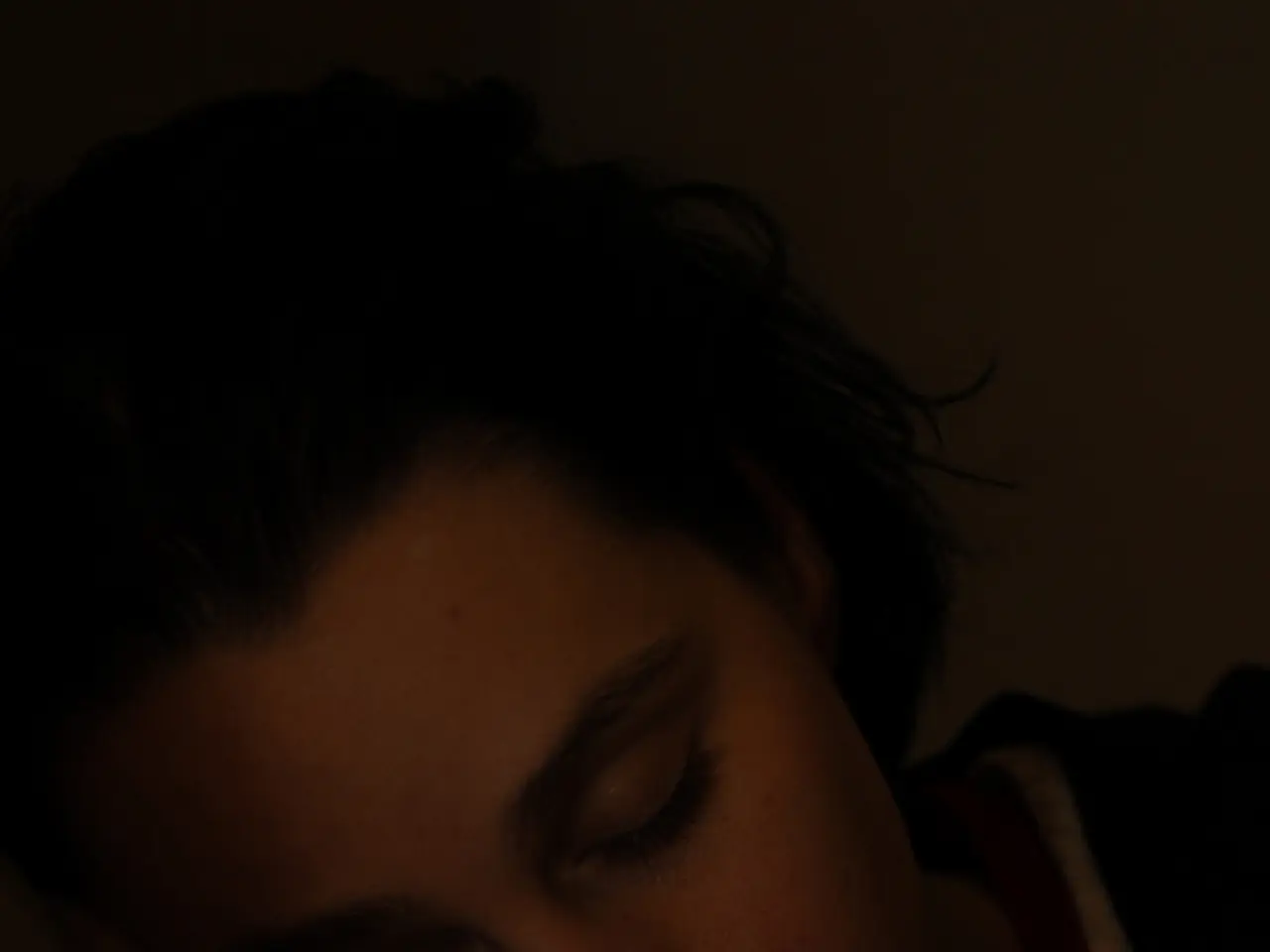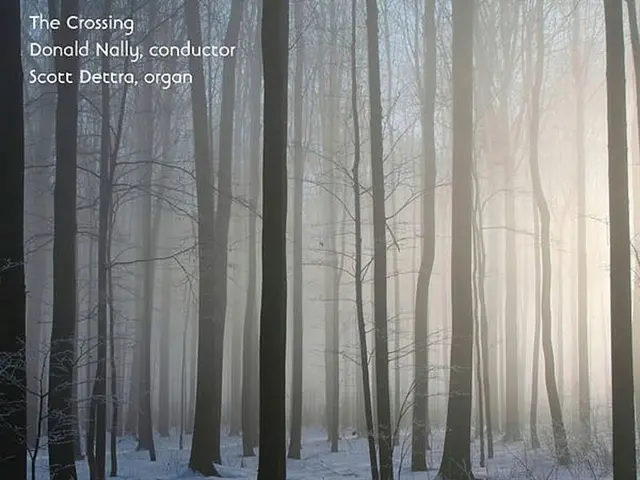Brainstem's Silent Controller of Sleep Cycles and Awareness – Reticular Formation Explored
The Reticular Formation: A Key Player in Sleep and Alertness
The reticular formation, a network of neurons located in the brainstem, plays a crucial role in regulating sleep patterns and maintaining alertness. This complex system, known as the reticular activating system (RAS), controls wakefulness, consciousness, and the sleep-wake cycle by modulating cortical arousal and responsiveness to stimuli.
The RAS stimulates the cerebral cortex to maintain alertness and attention during wakefulness. It activates sensory input conduits, helping maintain consciousness and enabling focus on the environment. The locus coeruleus (LC), a significant part of the reticular formation, releases noradrenaline, supporting arousal and shifts in brain activity between wakefulness and sleep states. During wakefulness, LC neurons maintain high baseline activity, but this decreases and changes pattern at sleep onset.
Neurotransmitters such as orexin from the hypothalamus influence the RAS and LC to sustain cortical arousal and prevent unwanted transitions into sleep, maintaining stable wakefulness. The reticular formation also integrates autonomic functions linked to sleep stages, helping regulate transitions between sleep and wake states and influencing sleep architecture.
However, dysfunction in the reticular formation can lead to various sleep disorders, including insomnia, sleep apnea, and restless leg syndrome. During sleep induction, the reticular formation releases inhibitory neurotransmitters like GABA to help reduce the activity of the brain's arousal centers, moving from wakefulness to light sleep, and subsequently into deeper stages of non-REM sleep.
Disturbances in the function of the reticular formation can also lead to disorders related to alertness and attention, such as Attention Deficit Hyperactivity Disorder (ADHD) and certain forms of depression. Understanding the role of the reticular formation in sleep regulation provides insights into the fundamental mechanisms of sleep and opens avenues for addressing various sleep-related disorders.
Interestingly, neurological disorders like Parkinson's disease and Alzheimer's disease may have associations with changes in the reticular formation's structure and function. The reticular formation interacts with various hormones and neurotransmitters that regulate sleep-wake cycles, including serotonin, melatonin, norepinephrine, and dopamine. The reticular formation also contributes to the regulation of mood and emotion through connections with the limbic system.
In conclusion, the reticular formation is a vital component in the brain's sleep and alertness mechanisms. Its complex interactions with various neurotransmitters and structures help regulate sleep patterns, maintain alertness, and influence mood and emotion. Further research into the reticular formation's role in sleep regulation could lead to breakthroughs in understanding and treating various sleep disorders and neurological conditions.
Read also:
- Digestive issues: Understanding causes, remedies, and further details about acid reflux and excessive burping
- Exploring Botox as a Treatment for Interstitial Cystitis: Insights, Adverse Effects, and Further Details
- Linking brain weakness and cognitive decline: An examination of the potential relationship
- Is it Possible that Stem Cells Improve Joint Durability and Mobility during Senior Years?





